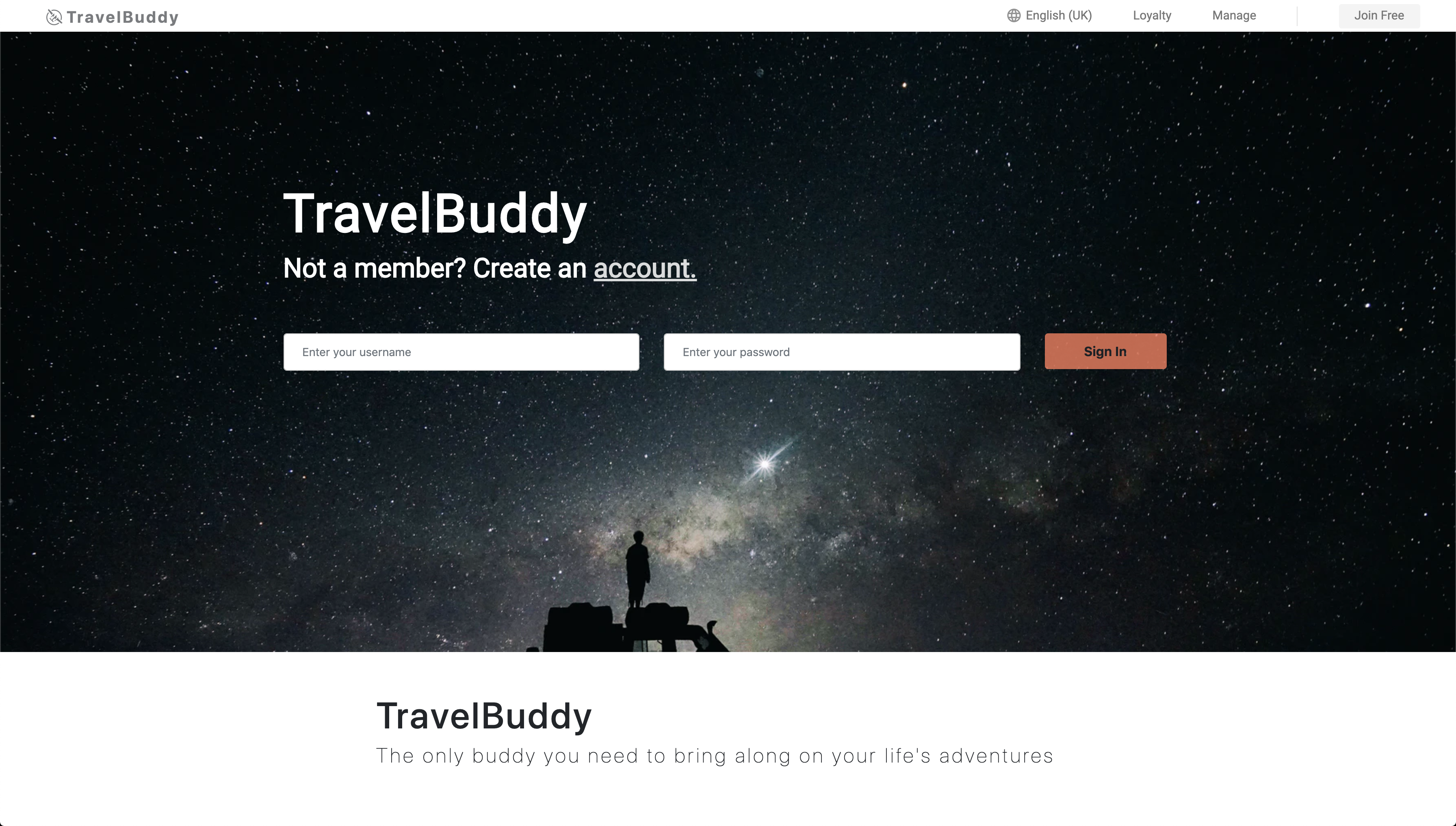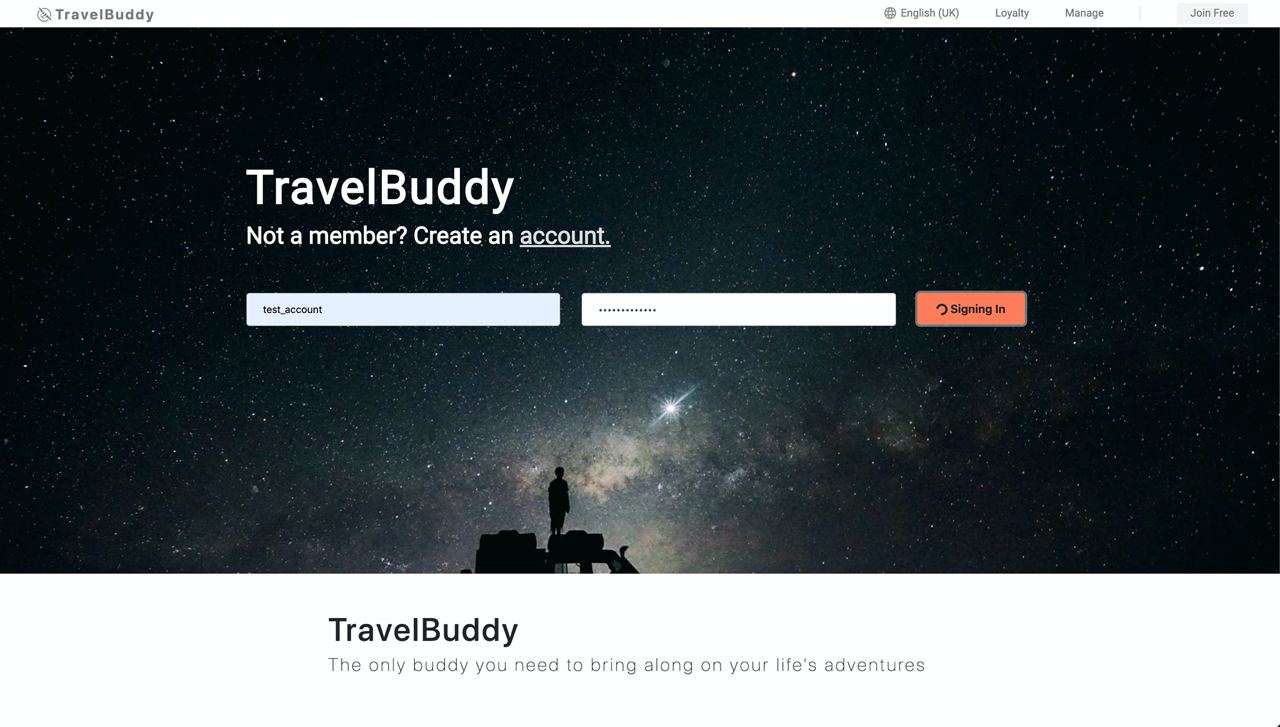Challenge - Custom Forms
In the previous example, you used the Amplify React UI library and the withAuthenticator component to quickly get up and running with a real-world authentication flow.
You can also customize this component to add or remove fields, update styling, or other configurations.
In addition to the withAuthenticator you can build custom authentication flows using the Auth class.
Auth has over 30 methods including signUp, signIn, forgotPassword, and signOut that allow you full control over all aspects of the user authentication flow. Check out the complete API here.
As an optional task, you are challenged with implementing custom forms using the Auth class methods.
The following have been provided for you in the source code bundle:
- Sign In / Sign Up UI Components under
src/components/layout/SignInComponents.js - Pre Login Landing Page under
src/components/pages/PreLoginPage.js
Add the following local state declarations to the component file of src/App.js
const [authState, setAuthState] = React.useState();
const [user, setUser] = React.useState();
const [signedIn, setSignedin] = React.useState(false);
const [username , setUsername] = React.useState("");
Add the following methods to the component file of src/App.js
React.useEffect(() => {
if (localStorage.getItem("username")){
setSignedin(true)
setUsername(localStorage.getItem("username"))
}
onAuthUIStateChange((nextAuthState, authData) => {
if (nextAuthState === AuthState.SignedIn) {
setUsername(authData.username)
localStorage.setItem("username", authData.username)
}
if (!authData) {
console.log("user is not signed in...");
}
});
}, []);
const signInMethod = () => {
setSignedin(true);
}
const setUsernameMethod = (name) => {
setUsername(name);
}
const signOutMethod = () => {
setSignedin(false);
Auth.signOut();
localStorage.removeItem("username")
}
- Inside the return statements of
src/App.js, modify it to implement conditional rendering of the pagePreLoginPage.jswhen the user is not signed in Refer to the Official Amplify documentation for more information.
When completed, the custom forms workflow should look like this:
- Prior to signing in, you will be greeted with a custom login page.


- After logging in, you will be brought to the rest of the TravelBuddy site!
